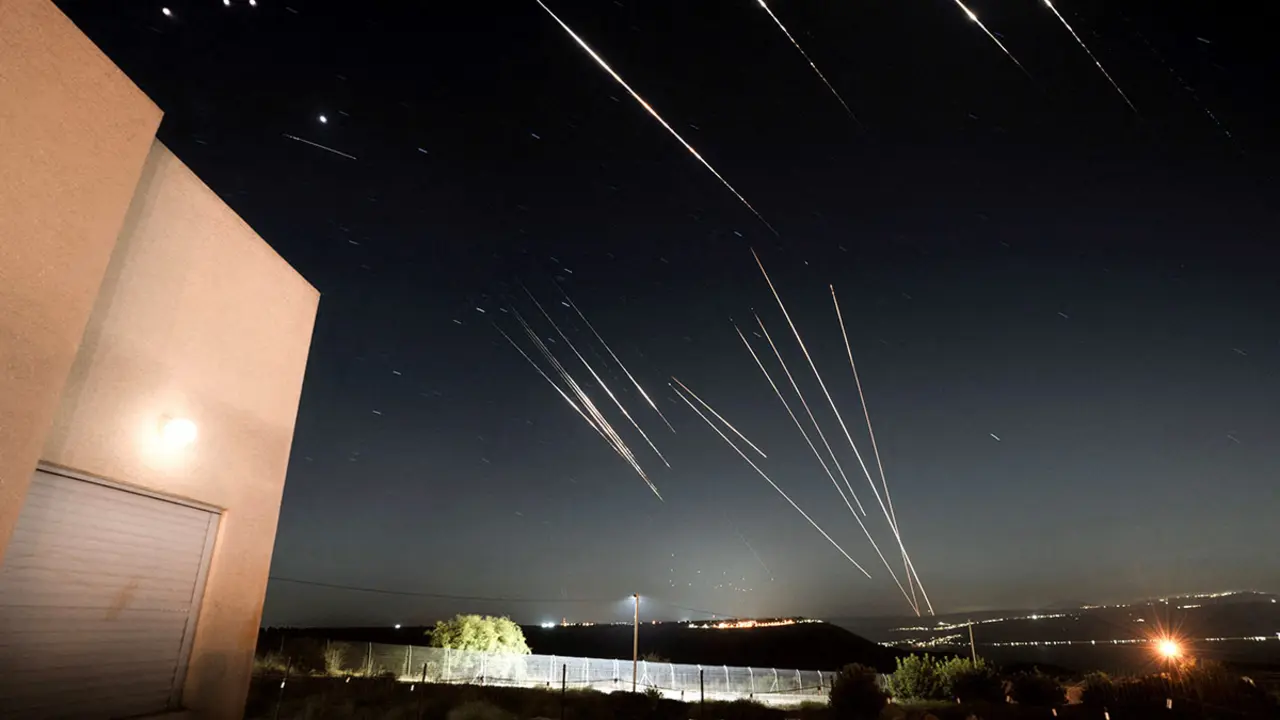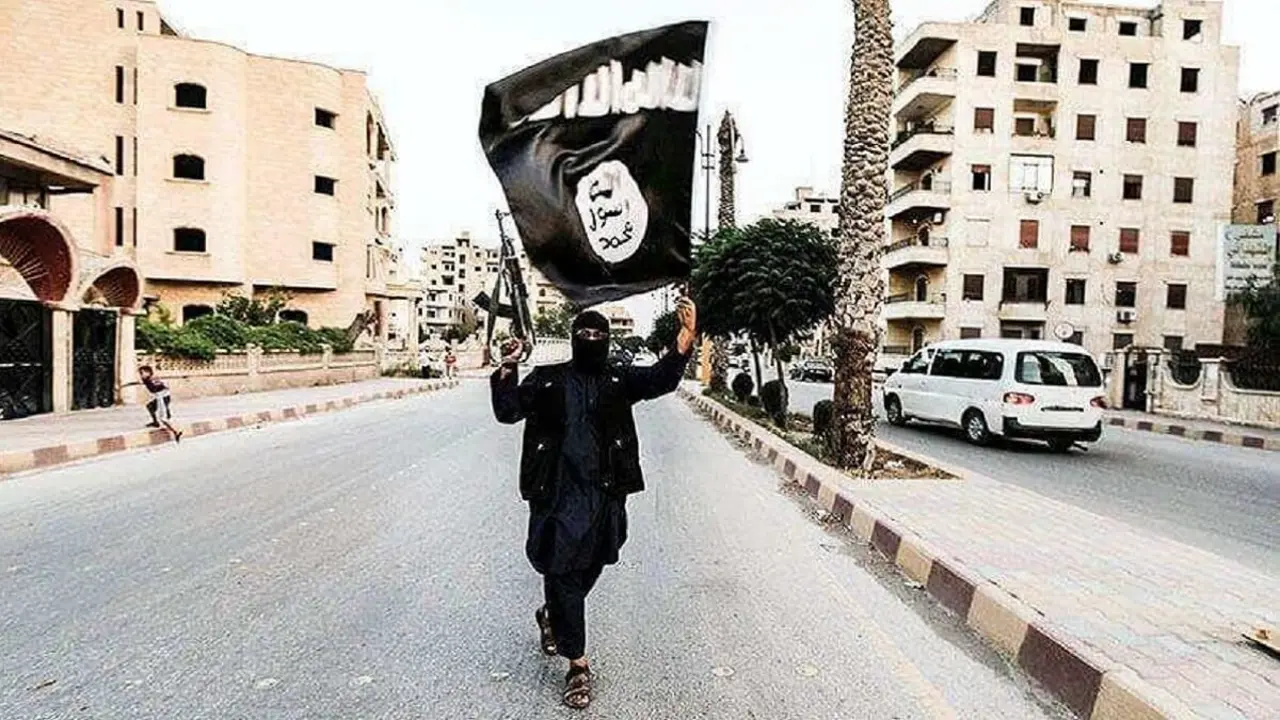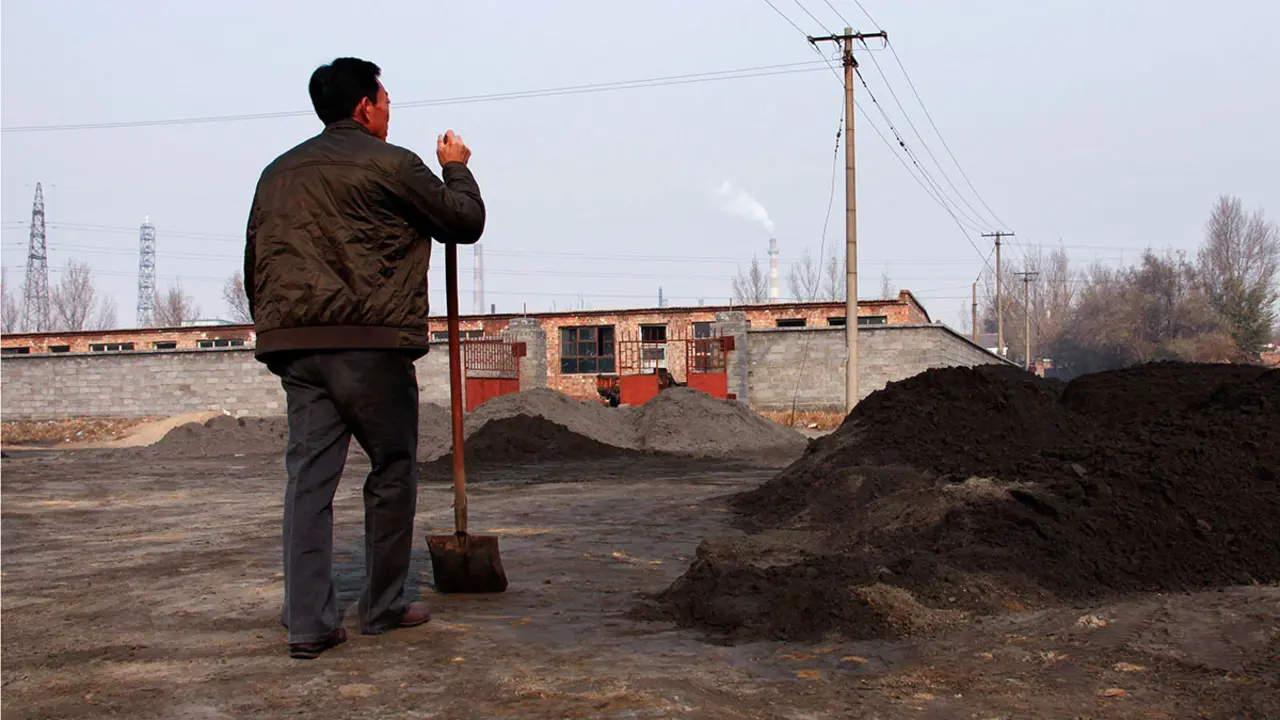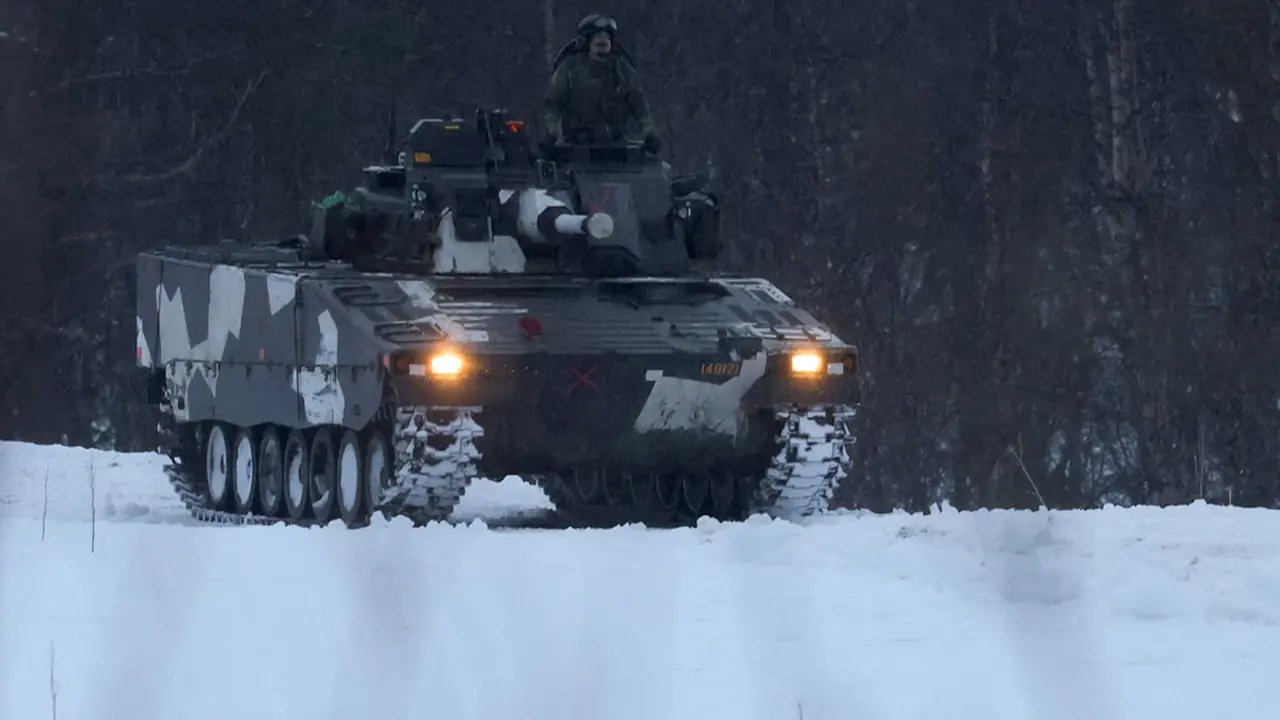Bakhmut resists with cannon fire: war rages in Ukraine's Dombas artillery positions

The enormous roar that shakes us every time the 122 millimetre cannon fires is stupefying. It causes a high-pitched ringing in the ears that takes several minutes to dissipate, even when wearing earplugs. And the whistles go on and on, one after the other, as the cannon continues to respond to the Russian artillery - which is hitting closer and closer to our position.
In between the cannon fire, as they open the hatch, one of the Ukrainian soldiers inside the 2S1 Gvozdika self-propelled artillery piece can be heard singing loudly. He sings a lively song, and his comrades burst into laughter.
It is almost fifteen months since the Russian invasion of Ukraine began, but the morale of the soldiers fighting on the front lines remains high, surprisingly high. They are fighting for "home", most of them say, even though many of them have not been home for more than a year. When they are relieved from position, they stay in the rear resting areas. If their home towns are nearby, they may be able to take advantage of some leave to go, but the rotations are usually continuous. And artillery positions do not rest.

After a few minutes of silence, surrounded by a strong smell of gunpowder that has turned the air into something thick and difficult to breathe, the soldiers begin to leave through the hatch of the 2S1. They jump down, and instruct the driver of the piece to place it under cover, under some camouflage nets.
They then head for the underground trench - where they live while in position - to await further orders. The shelter is close to the artillery piece, but not too close: should Russian forces locate and bombard the self-propelled gun, the trench would not be compromised.

DRONES AND ARTILLERY, THE PERFECT COMBO
Entering the underground shelter, we find the group commander engrossed in the screen of his tablet, checking the maps showing the progress of the war in real time. What is happening in Ukraine has surpassed the plot of any futuristic war movie: there is internet access in the trenches - even on the front line - interactive maps showing the movements of both sides, and drones that have become the eyes in the sky for the artillery.
All drone pilots who support artillery positions say the same thing: they save the lives of many colleagues, who no longer have to go out on reconnaissance missions to mark the coordinates of targets. They also save a lot of ammunition by marking targets with pinpoint accuracy and making it easier to correct shots if necessary.
However, alongside all these advances made possible by new technologies, war is still fought with tanks and artillery pieces - many of whose design dates back to the 1960s or 1970s. It is also fought with melee assault troops and with intelligence missions planned over months. Classic 20th century warfare in the 21st century.

And among these new means of warfare, perhaps the most decisive weapon - along with drones - is the mobile phone. At least as far as communications are concerned. And it is precisely through his phone that the commander receives new coordinates for another attack on the Russian lines.
Only a few minutes have passed since the last one, and the soldiers are preparing to climb out of the trench again, run to the 2S1 Gvozdika, take off their heavy bulletproof vests so that they can enter the hatch and start the piece. It's all very fast, each of the four gun operators has a job to do and the coordination is absolute. They prepare the gunpowder and shells, and the cannon begins to spit smoke and flashes with each new boom.
The sound of shells being fired by the Ukrainians begins to mingle with the sound of incoming shells being returned by the Russian troops. The exchange of fire is hellish. The entire front line at Bakhmut is, and this morning there seems to be no let-up. But I won't be able to see how it ends, because the Ukrainian officer accompanying me decides that we have to get out of there in view of the intensity of the attack, which seems to be increasing, and we leave the artillery position and head towards Chasiv Yar.

THE SOVIET FLOWERS
Like all Soviet-designed self-propelled guns, the 2S1 Gvozdika is named after a flower: the carnation. Between 1969 and 1991, more than 10,000 carnations were produced at Sergey Ordzhonikidze's Kharkiv factory and used by the armies of 35 different countries. In some of them - especially in Eastern Europe - they are still in service.
In fact, this war has allowed us to see that the backbone of the Ukrainian and Russian armies consisted of guns and tanks - such as the T-64 and T-72 - designed in the 1970s. Effective, much cheaper than the parts the West is sending to Zelenski, but also with much shorter range.
Its armour is made of 20-millimetre laminated steel and its hull is completely watertight to protect the crew from bullets and shrapnel. It weighs 15.7 tonnes and its 300 hp engine allows it to reach a top speed of 60 kilometres per hour - which is halved in rough terrain or in amphibious mode.

As for the Carnation's cannon, it has a minimum range of 4.2 kilometres and a maximum range of 15.2 kilometres. It can use different types of ammunition: explosive breaching with a combined detonator, hollow-charge projectiles, guided projectiles, illuminating and smoke projectiles, and even artillery mines. And it has the capacity to fire 4-5 rounds per minute.
A robust and quite versatile piece of equipment that is to the Ukrainians' liking - at least that's what the soldiers operating in this position claim. You only have to spend a few days in this country to realise the importance they attach to flowers - in gardens, streets, private homes - and it seems to extend to the "carnations" that are now planted on the front line at Bakhmut.








